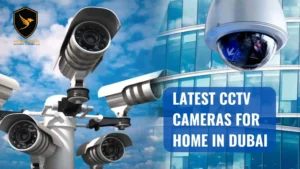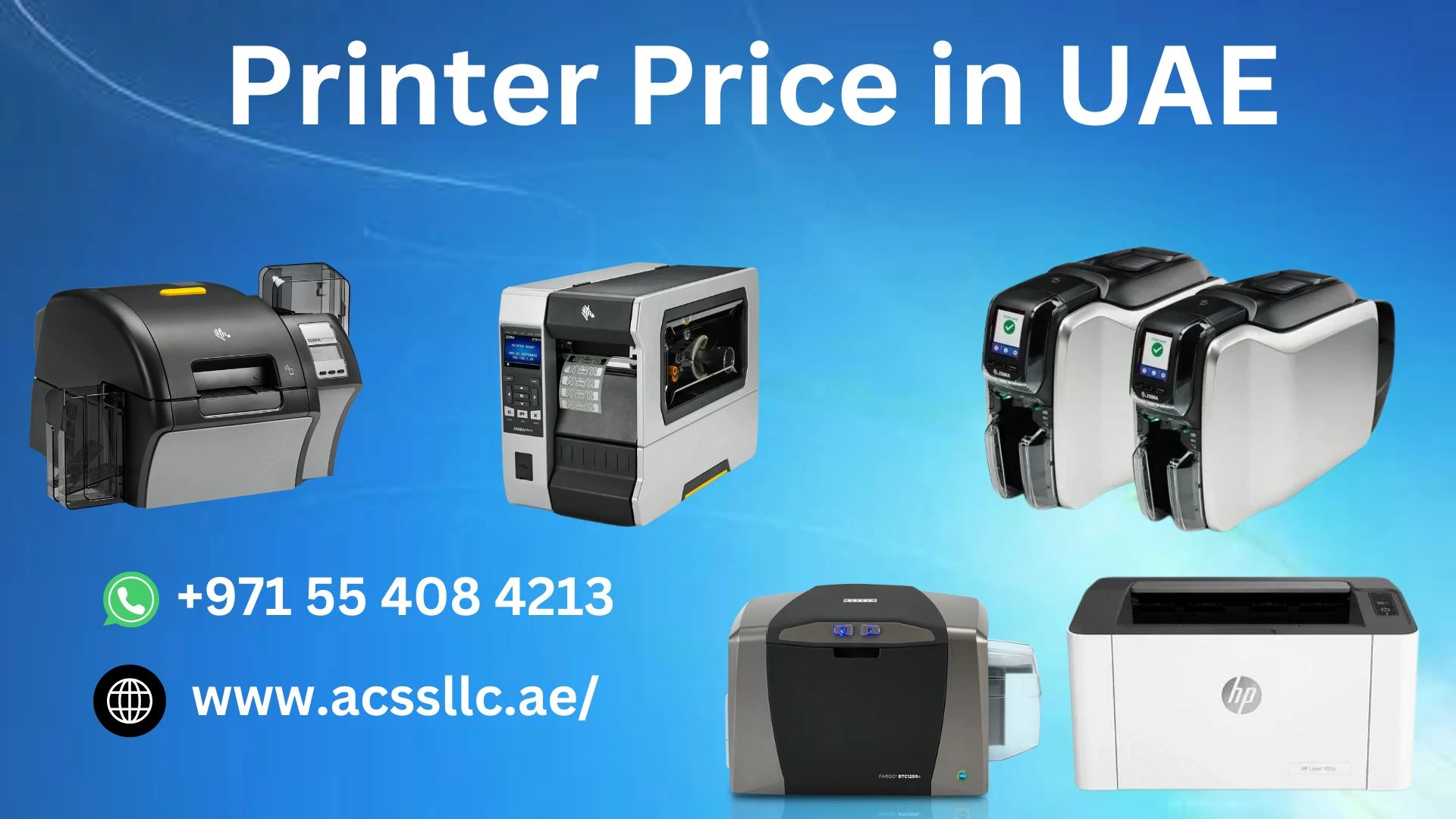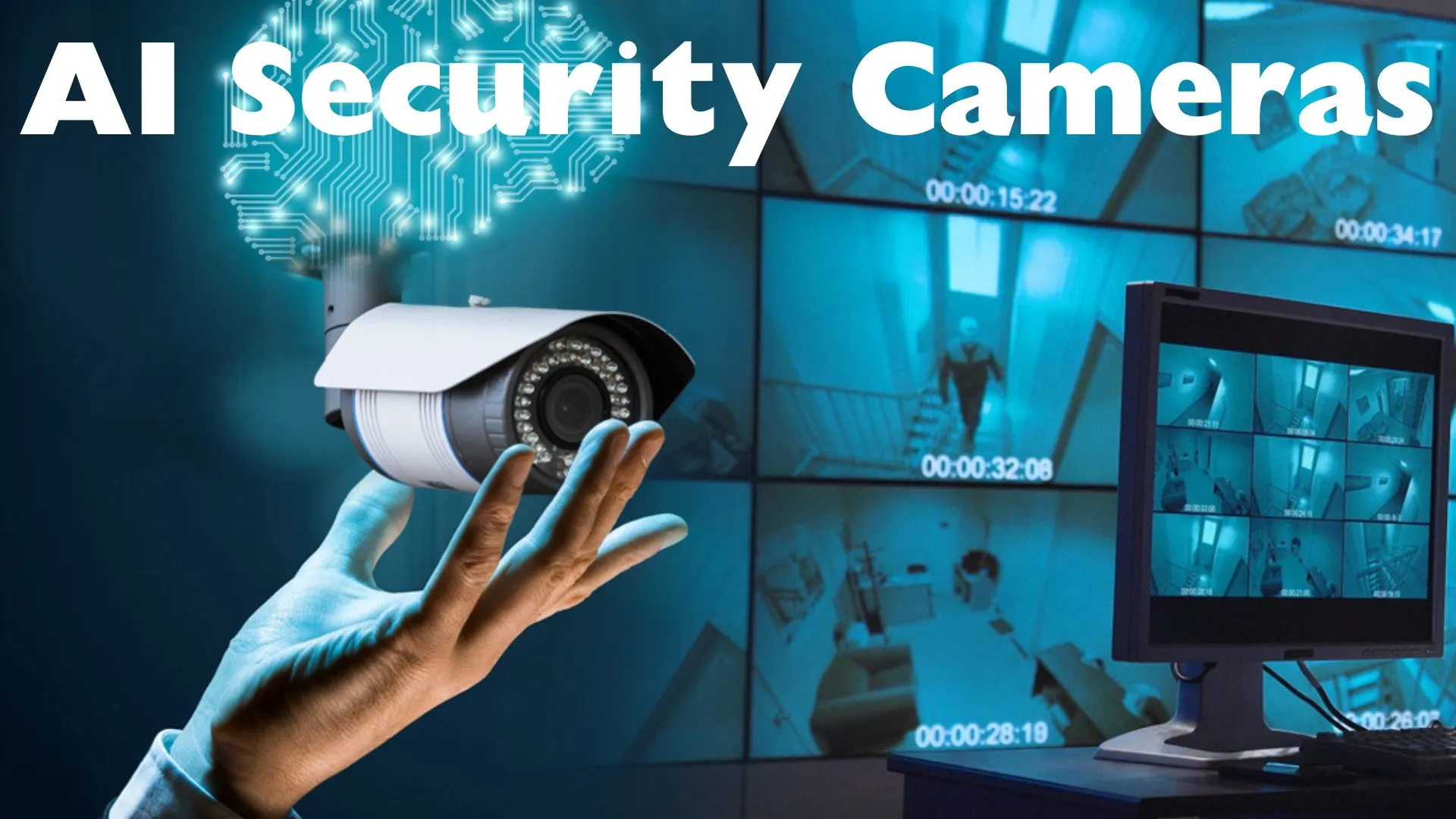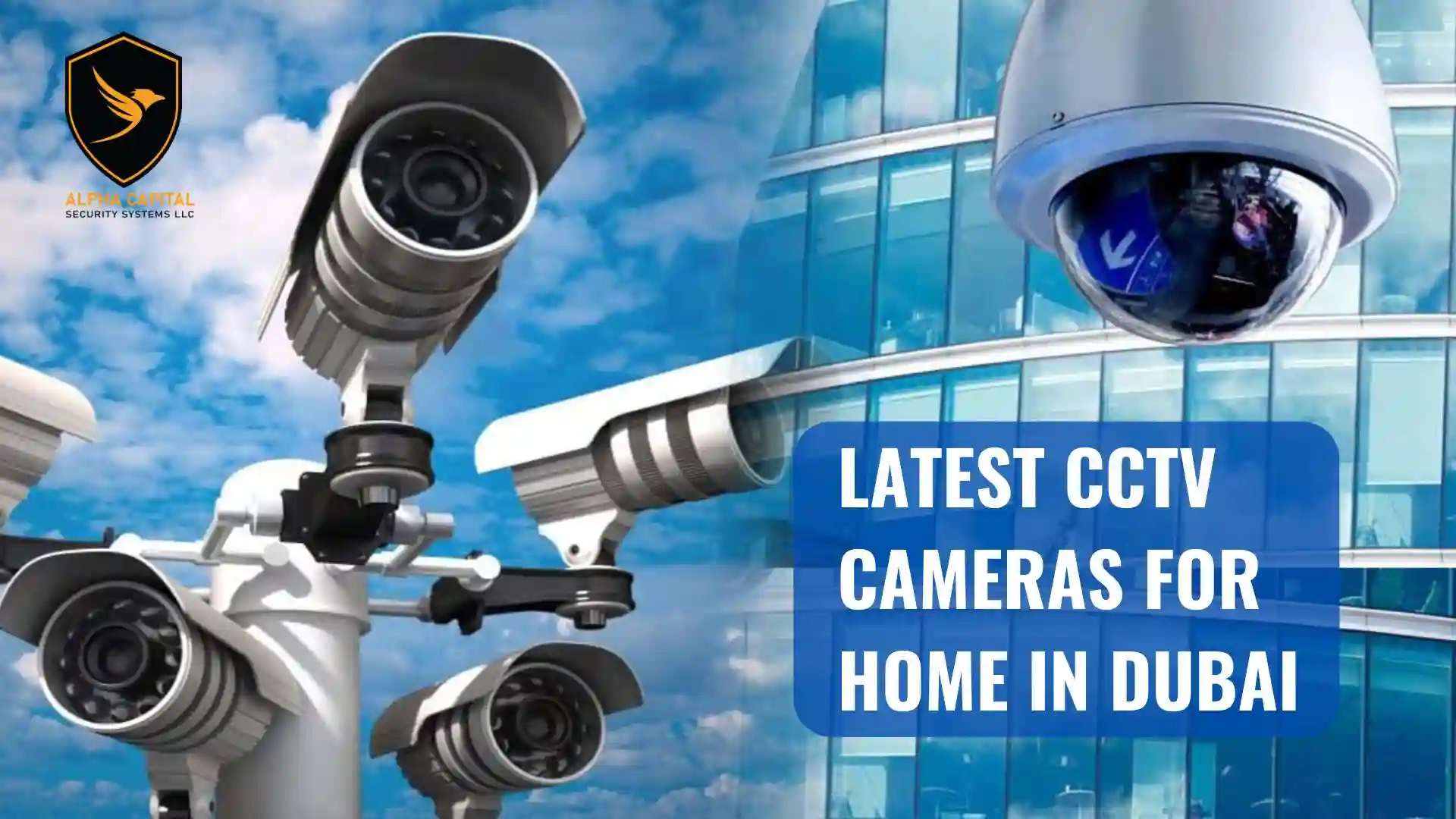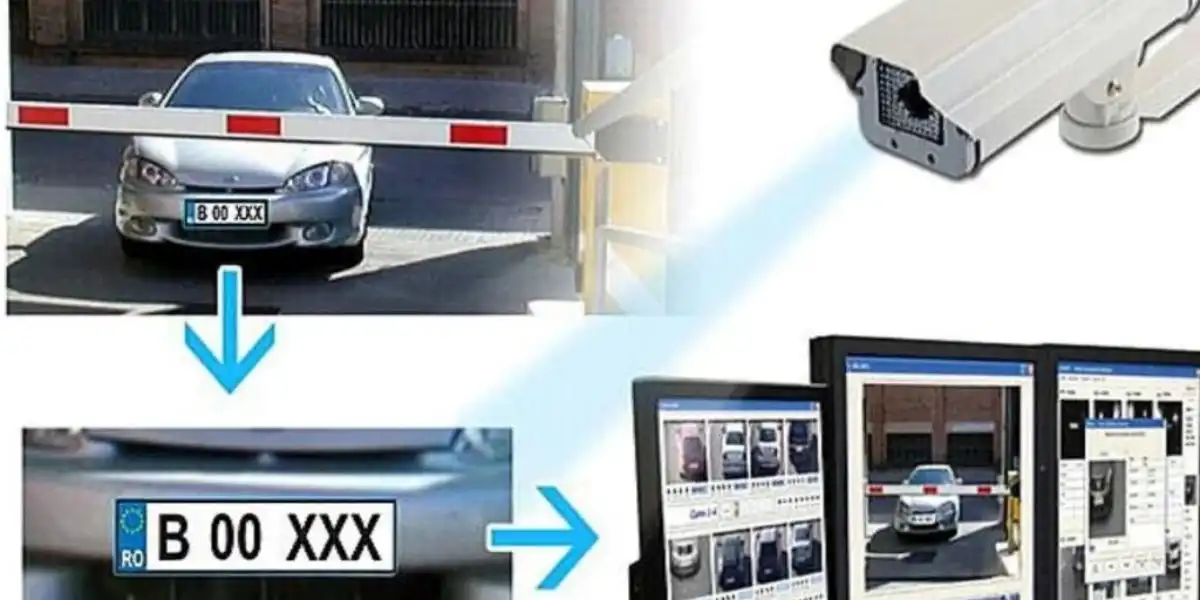CCTV Camera applications in Healthcare Settings
CCTV, or closed-circuit television, has become an essential tool in securing medical equipment in healthcare settings. With the increasing value and demand for medical equipment, healthcare facilities are turning to CCTV systems to protect their assets. These systems provide round-the-clock surveillance, ensuring that valuable equipment is always monitored and protected. CCTV camera applications in healthcare settings not only deter theft and unauthorized access but also help in identifying potential security breaches and improving overall safety within the facility. In the realm of healthcare, the securement of valuable medical equipment is of paramount importance.
The protection of these key assets not only assures the proper operation of healthcare facilities but also plays an important part in delivering quality patient care. Integration of Closed-Circuit Television (CCTV) applications has emerged as a very effective approach to solving this crucial demand. By harnessing the power of advanced surveillance technology, healthcare settings can proactively monitor and protect their medical equipment, mitigating the risk of theft, damage, and unauthorized access.
IMPORTANCE OF MEDICAL EQUIPMENT:
Medical equipment plays a crucial role in hospitals. It enables healthcare professionals to diagnose, monitor, and treat patients effectively. From basic tools like stethoscopes and thermometers to advanced machinery like MRI scanners and ventilators, medical equipment ensures accurate diagnoses, precise monitoring of vital signs, and effective treatment interventions.
Healthcare providers would be unable to deliver quality treatment or make educated judgements if these tools were not available. Furthermore, medical technology improves patient outcomes by allowing for early illness identification, directing surgical operations, and simplifying effective patient management. One of the primary reasons why medical equipment is necessary is its role in diagnosis. Doctors may see inside structures and discover problems using advanced imaging technologies such as X-rays, CT scans, and ultrasounds.
This enables them to make accurate diagnoses and develop appropriate treatment plans. Similarly, diagnostic instruments such as blood pressure monitors and glucose metres assist healthcare practitioners in monitoring patients’ vital signs and general health.
Surgical tools, for example, are utilised during treatments such as cancer removal, injury healing, and physiological function restoration. During surgery, anaesthesia machines keep patients unconscious and pain-free. Many medical treatments would be impossible or much dangerous without these technologies, jeopardising patient safety and results.
Finally, medical equipment is essential in the healthcare business. It is critical to properly identify medical issues and deliver appropriate therapy. These gadgets, which range from simple tools to sophisticated machinery, enable healthcare practitioners to provide high-quality treatment and enhance patient outcomes. Without medical equipment, the field of medicine would be greatly hampered, and patients would not receive the level of care they demand and deserve.
Securing medical equipment holds immense significance within the healthcare landscape, serving a crucial purpose that extends beyond the mere protection of physical assets. The necessity to safeguard medical equipment arises due to the following reasons:
Patient Care and Safety: Medical equipment plays an integral role in diagnosing, treating, and monitoring patients. By securing this equipment, healthcare facilities ensure uninterrupted access to critical devices, enabling healthcare professionals to provide timely and effective care. The absence or compromised availability of essential medical equipment can lead to delayed diagnoses, compromised treatments, and potential harm to patients.
Operational Continuity: Healthcare institutions rely heavily on the continuous and reliable functioning of medical equipment to maintain smooth operations. Securing these assets helps prevent theft, damage, or unauthorized access, which can disrupt workflows, impede medical procedures, and result in costly downtime. By maintaining operational continuity, healthcare organizations can deliver efficient care, optimize resource utilization, and meet patient demands effectively.
Preventing Loss and Financial Burden: Medical equipment represents a significant financial investment for healthcare facilities. The loss, theft, or damage to expensive medical devices can result in substantial financial burdens, negatively impacting the institution’s budget, resources, and overall sustainability. Securing medical equipment mitigates the risk of financial losses, enabling healthcare organizations to allocate resources towards patient care, research, and facility improvements.
Protecting Confidential Patient Information: Some medical equipment, such as imaging devices and diagnostic tools, may store or transmit sensitive patient data. Ensuring the security of these devices safeguards patient privacy and complies with data protection regulations. By preventing unauthorized access to medical equipment, healthcare organizations uphold patient confidentiality and maintain trust.
Preventing Unauthorized Use and Liability: Unsecured medical equipment may be susceptible to unauthorized use by individuals without the necessary expertise or credentials. This can lead to potential medical errors, compromised patient safety, and legal liabilities for the healthcare facility. By implementing security measures, such as CCTV surveillance, healthcare organizations can deter unauthorized use and mitigate the associated risks.
Preventing Equipment Replacement and Maintenance Costs: Lost, stolen, or damaged medical equipment requires replacement or repair, incurring additional costs for healthcare institutions. Securing medical equipment helps prevent such incidents, reducing the need for costly replacements or repairs. By allocating resources towards preventative measures, healthcare organizations can redirect funds to other critical areas of patient care and facility improvements.
In conclusion, securing medical equipment within healthcare settings is essential for ensuring patient care, operational continuity, financial stability, patient privacy, and overall safety. By implementing comprehensive security measures, healthcare organizations protect valuable assets, maintain operational efficiency, uphold patient safety, and allocate resources effectively. Securing medical equipment is not only a responsibility but also a vital component of delivering high-quality healthcare services to patients in a safe and reliable manner.
COMPREHENSIVE SECURITY:
CCTV cameras serve as the cornerstone of comprehensive security systems deployed in healthcare environments to safeguard medical equipment. These cutting-edge surveillance devices act as vigilant sentinels, constantly observing their surroundings and capturing essential visual data. By strategically positioning CCTV cameras applications in critical areas where medical equipment is housed or accessed, healthcare facilities establish a robust security network that deters potential intruders and provides real-time monitoring capabilities.
EFFECTIVE MONITORING:
One of the primary benefits of utilizing CCTV camera applications in healthcare settings is the deterrence factor they provide against theft and unauthorized access to medical equipment. The mere presence of surveillance cameras acts as a powerful deterrent, dissuading individuals with malicious intent from attempting to steal or tamper with valuable assets. Additionally, the ability of CCTV systems to record and store high-resolution footage serves as a valuable forensic tool in the event of an incident, aiding in the identification and apprehension of perpetrators.
Moreover, CCTV surveillance plays a crucial role in maintaining operational continuity by ensuring the smooth functioning of medical equipment. By actively monitoring equipment rooms, storage areas, and other vulnerable locations, healthcare organizations can promptly detect and respond to any signs of malfunction or damage. Real-time monitoring enables swift intervention, reducing equipment downtime and minimizing disruptions in patient care.
THEFT PREVENTION:
In addition to theft prevention and equipment maintenance, CCTV camera applications offer valuable insights for optimizing healthcare facility workflows. By analyzing recorded footage, healthcare administrators and managers can identify patterns and inefficiencies in equipment usage, allowing for data-driven decision-making to enhance operational efficiency and resource allocation. Such insights contribute to improved patient care, streamlined workflows, and better utilization of medical equipment, ultimately leading to enhanced healthcare outcomes.
FULL-TIME COVERAGE:
The deployment of CCTV cameras applications in healthcare settings necessitates strategic planning to ensure comprehensive coverage and maximum effectiveness. Critical areas to consider for camera placement include equipment rooms, high-traffic corridors, entry and exit points, and areas with restricted access. Depending on the specific needs and layout of each healthcare facility, a combination of fixed cameras and pan-tilt-zoom (PTZ) cameras may be utilized to provide optimal coverage and monitoring capabilities.
To fully leverage the potential of CCTV camera applications in healthcare settings, it is essential to complement their deployment with staff training and awareness programs. Educating healthcare professionals about the presence and purpose of surveillance systems fosters a culture of vigilance and accountability. Training sessions can provide guidance on identifying suspicious activities, reporting incidents, and adhering to security protocols, empowering staff to actively participate in the protection of medical equipment and ensuring a safe and secure environment for all.
IDENTIFYING POTENTIAL CRIMINAL:
One of the key benefits of CCTV camera applications in healthcare settings is its ability to deter theft. The presence of visible cameras acts as a deterrent, discouraging potential thieves from attempting to steal valuable medical equipment. CCTV camera applications systems may be strategically positioned in high-risk areas like storage rooms and operating rooms, adding an extra layer of protection. In the case of a theft, the recorded film might be utilised as evidence to identify and apprehend the perpetrators.
In addition to deterring theft, CCTV camera applications systems in healthcare settings help in identifying potential security breaches. By constantly monitoring areas where medical equipment is stored or used, these systems can detect any suspicious activity or unauthorized access. This allows security personnel to respond promptly and prevent any potential harm or loss. Moreover, CCTV footage can be reviewed to investigate incidents or accidents, providing valuable insights for improving safety protocols and preventing future occurrences. Hikvision offers a range of high-quality cameras that are widely regarded as being good. Some examples include the
Hikvision iDS-2CD8A48G0-XZ(H)S(Y), which features a 4-megapixel resolution, infrared night vision, and a weatherproof design. It has Excellent low-light performance via DarkFighterX and ColorVu technology. It can help in better view and detailed view which can provide better security.
Another option is the Hikvision DS-2DE4A425IW-DE, which is a PTZ camera with a 4-megapixel resolution, 25x optical zoom, and smart tracking capabilities. Its best zoom can help in detecting possible threats and criminals.
Additionally, the Hikvision Panorama camera is a popular choice with its 4-megapixel resolution, 4K resolution gives users a clear and detailed, panoramic visual experience.
Some PanoVu models feature 8K definition technology, offering an unprecedented capacity to get more detail from a scene. This camera enables full view at different angle which is really effective in providing security.
These are just a few examples of the many good Hikvision cameras available.For checking out all these effective products, this is the website with all the products of Hikvision.
In conclusion, CCTV camera applications in healthcare settings are crucial for securing medical equipment. These systems not only deter theft but also help identify potential security breaches and improve overall safety. With the rising value and demand for medical equipment, healthcare institutions must invest in strong CCTV camera applications systems to preserve their expensive assets while also ensuring the safety of their patients.
The integration of CCTV camera applications within healthcare settings provides a robust solution for securing medical equipment and safeguarding valuable assets. By leveraging advanced surveillance technology, healthcare facilities can effectively deter theft, prevent unauthorized access, and ensure the smooth functioning of critical medical equipment.
The presence of CCTV cameras applications acts as a powerful deterrent, while real-time monitoring capabilities enable prompt intervention in case of incidents or equipment malfunctions.
Additionally, the insights gained from analyzing recorded footage contribute to operational efficiency and improved patient care. Through strategic camera placement, staff training, and a culture of vigilance, healthcare settings can confidently protect their medical equipment and uphold the highest standards of patient care.



